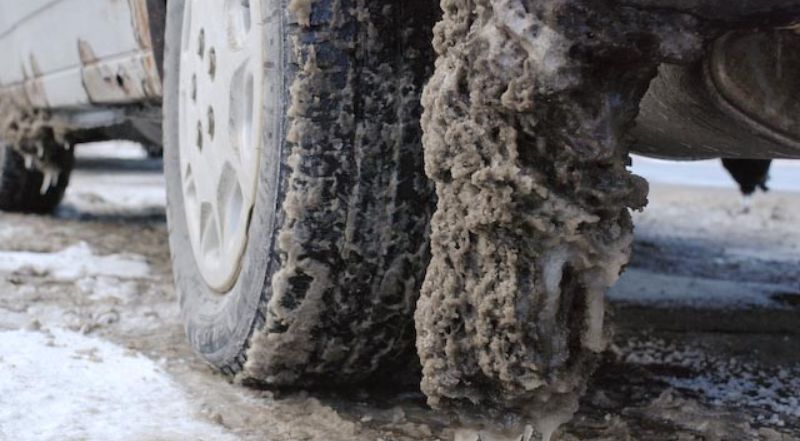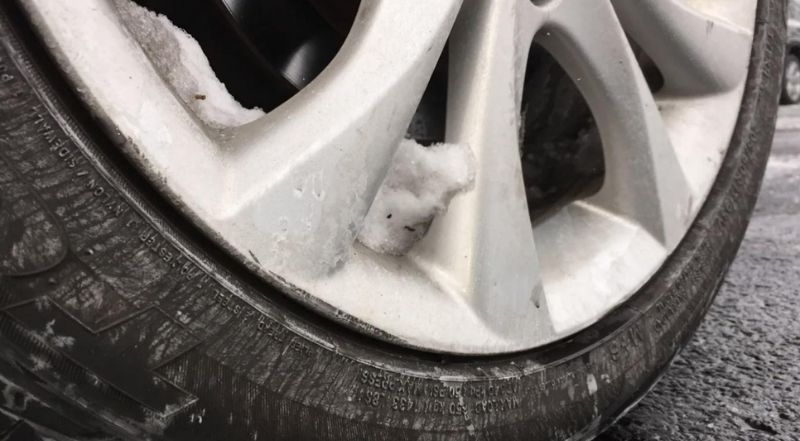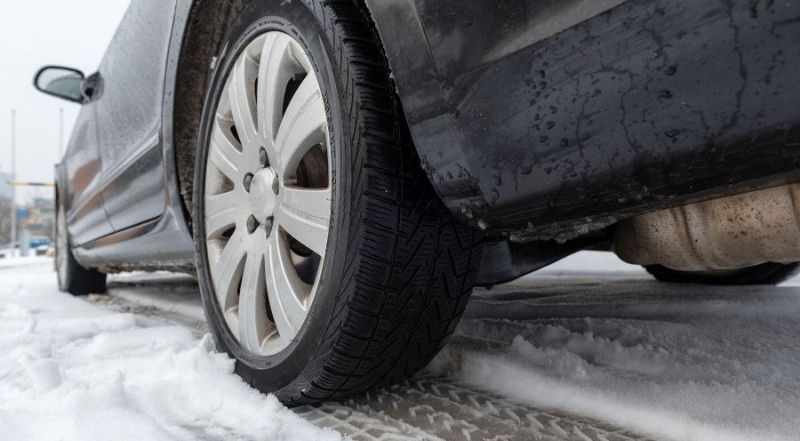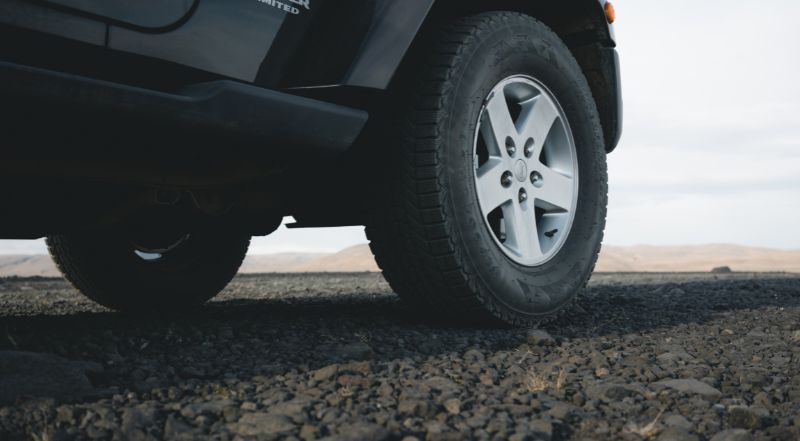5 Steps To Prepare Your Wheels For Winter Season
Winter is a challenging season for both people and their vehicles. The harsh environment, freezing temperatures, moisture and chemicals contribute to the fast deterioration of your car’s wheels.
Some wheel rims are more durable than others, and some are less. And taking good care of them before and during the cold season is especially important for those car owners who choose alloy wheels. Albeit they are light and have many advantages, they are the most vulnerable to the elements and prone to corrosion. “The protective coating and paint can only last for a few years. It heavily depends on quality, conditions and maintenance,” says Oliver Brown, the Data Coordinator at Wheelssize.com.
If your inspection shows that something is wrong with the wheels or tires’ integrity, it’s best to replace them. Start with looking up your car wheel specs and pick something more appropriate to your climate zone and road conditions.
The most minor scratches can result in corrosion. That is why it is so important to take proper care of your wheels in advance and to know how to deal with winter challenges. Here are just some basic yet effective things you can do to prevent any major problems in the future.

Keep Them Clean
Before you start inspecting the wheels to assess their condition, they must be thoroughly cleaned. However, that should not be the only reason to tide up your wheels. Leaving the ice and slush on your wheels for a long time in winter can be risky.
The slush mixes with all kinds of things on the road before it sticks to your car’s undercarriage, doors, wheel wells and rims. So it’s not just snow but also dirt, small debris, chunks of ice, and harsh anti-icing chemicals that bombard your car while driving. Part of that junk sticks to the surface and eats away at the protective coating, paint and metal. The debris and occasional hard lumps of snow and ice damage any protective layers over time, opening the way for water and salts.
The longer the slush stays on your car the bigger the risk. You can sometimes see dirty-white crystals forming on the lower part that resemble flour — those are the salts solidifying on your car.
They are extremely harmful under certain conditions. For instance, if you gathered some road salts and cannot clean them off right away, it might actually be better to park the car outside or in a cold garage. Unfortunately, putting it in a heated place will only speed up oxidation.
Protect Your Wheels With Car Wax & Coatings
One way to deal with the slush issue, at least for the wheels, is to use special coating before the temperature drops closer to freezing. This way, you can prepare your wheels not only for snow but for dirt as well. The hydrophobic coating will become a barrier between your rims and the nasty environment. And car wax is even thick enough not to be damaged by sand and dust particles, so the paint or metal underneath will remain untouched for longer.
You can go to a local shop or try doing this yourself. Just remember that to get the best result, you should:
- pick the product compatible with the material of the wheels;
- make sure your wheels are squeaky clean and dry before you apply the product;
- carefully follow the instructions.
You should not use DIY methods like applying cooking spray and oil to the surface. They can repel water, but aside from that will not be helpful at all.

Check The Wheel Alignment
It is a good idea to check the alignment regardless of the season, but before and after winter, it actually pays off. The roads are not as smooth as we would like them to be. All the potholes and bumps eventually impact the alignment, throwing the weight distribution off-balance. This results in uneven tire wear and worse handling.
The road conditions, ice, snowstorms and low visibility already create a dangerous situation for drivers. This only makes handling so much more important. So take care of your wheels now to stay safe.
Inspect The Tire Condition
The most obvious indicator of tire wear is tread depth. You don’t necessarily need any special equipment like tread depth gauges for that. Just fish out a one-cent coin from your pockets or a purse and place it into the tread groove with Lincoln facing down. If you can see his face entirely and nothing covers it, your tread is only about 2/32 inches deep or less. This means that your tires are worn off, and you need to swap them for new ones.
A deep tread is important for driving in bad conditions. It reduces the stopping distance and improves grip and handling. It does get stuffed with snow, but the winter tires have special tread patterns that push the snow out and still offer decent performance.
Don’t forget to look for any cracks and other signs of damage. If you live in an area where winters are cold and rough, the temperature fluctuations and road salts will deteriorate the rubber further. So fix those problems before you roll out.

Manage The Tire Pressure
Maintaining the right tire pressure is important. It supports your suspension, improves control, and even tires wear. So you must always keep that in check. What makes winter so special, though, is the basic physics we all learned at school. Temperature affects pressure, and when it drops with cold, the air pressure inside your tires also decreases.
In other words, if you put on your winter set of tires in autumn when it is not that cold, you can expect a difference in tire pressure when the real chill sets in. Most modern cars have sensors and computers to monitor the tire pressure all the time, so you will know about any issues immediately. However, if your car does not have them installed or if the computer has no issue with slightly underinflated tires but you feel the difference, you can always talk to a professional and get it fixed.
Choose proper winter tires, use these five simple steps and drive safely!




